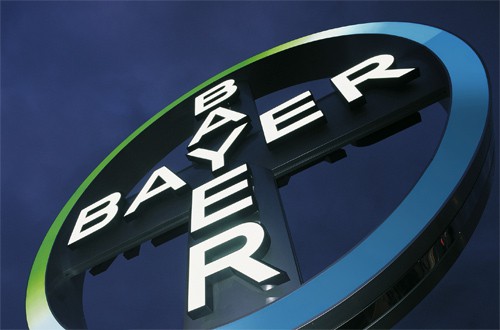
Bayer is revamping its structure, combining all its R&D research units into one division that will be headed by Joerg Moeller, current head of development.
The restructuring means Andreas Busch – current head of drug discovery at the German company – is heading for the exit, but has already lined up another senior position at Shire, where he will take the roles of head of R&D and chief scientific officer.
Moeller, who has been head of Bayer’s pharma division since 2014, officially takes over the new role on 1 January. He will oversee a consolidated R&D division that has gathered together Bayer’s programmes in cardiology, gynaecology, ophthalmology and haematology, as well as oncology which was elevated as a priority for the company when it created a cancer-focused strategic business unit earlier this year.
The new structure “will enable us to seamlessly steer all the important activities of [R&D] with a single objective to further enhance the delivery of much-needed new treatment options to patients,” commented Dieter Weinand, president of Bayer Pharma and a member of the company’s board.
Moeller is taking over the R&D helm at a pivotal point for Bayer, which has been in the throes of a mega-merger with Monsanto – finalised today – while also working hard to beef up its pharma pipeline, as witnessed by two billion dollar-plus deals with Loxo Oncology and PeptiDream in the last few weeks.
Today the company is trumpeting its R&D to the press, saying it has more than 50 projects focused on areas of high unmet medical need. Among the highlights on the agenda are a look at its emerging cancer pipeline, including Loxo-sourced TRK inhibitors larotrectinib and LOXO-195 as well as projects in oncogenic signalling, antibody-drug conjugates, targeted thorium conjugates (TTCs) and immuno-oncology.
It will also highlight its plans to expand the use of novel oral anticoagulant (NOAC) Xarelto (rivaroxaban) into coronary and peripheral artery disease, along with new-generation anticoagulants in mid-phase testing, vericiguat and neladenoson bialanate for heart failure, and progress in gynaecology with six candidates in clinical development for uterine fibroids and endometriosis.
The company has suffered a few R&D disappointments of late, however, including the failures of a Regeneron-partnered combination therapy for age-related macular degeneration (AMD) and a drug-device therapy for pneumonia in ventilated patients developed in partnership with Nektar.




